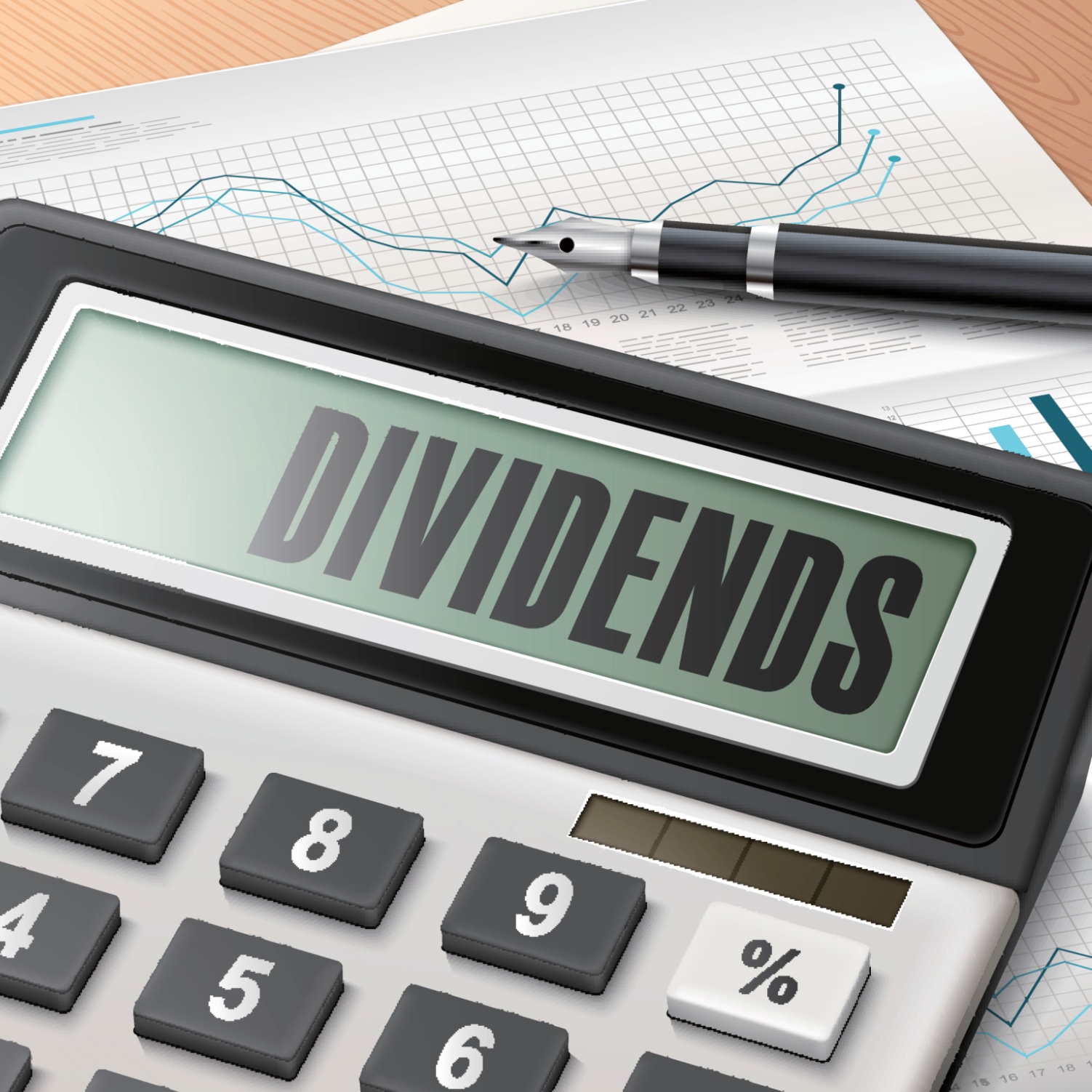
Dividend stocks can get a bad rap from people who believe that dividend investing is for retirees who have given up searching for growth. To be fair, there’s something to be said for the passive income these stocks provide. However, many investors are generating a sizable profit by investing in high-yield dividend stocks that are also producing significant stock price appreciation.
A good way to find high-yield dividend stocks is with a stock screening tool. This allows you to select stocks that pay dividends above the percentage of your choosing. For this article, I was looking at stocks with dividend yields of 8%. And Vale S.A. (NYSE: VALE) is my pick for the best dividend stock yielding over 8%.
What is Dividend Yield, and Why Does it Matter?
Dividend yield is the amount of a company’s dividend expressed as a percentage of its stock price:
Dividend yield = Current annual dividend (per share)/Current stock price
Generally speaking, the higher the yield the better. However, it’s important to look at a dividend not only for how it compares to the overall market, but how it compares to its sector. For example,
A company’s dividend yield is different from its dividend payout. Ideally, investors are looking for a sweet spot with a company that has a stock price that allows for significant accumulation for a small investment with a yield that allows a significant payout. If the company increases its dividend payout regularly, all the better.
Vale Has Long-Term Catalysts for Growth

Source: serts / E+ via Getty Images
Vale produces and sells iron ore and iron ore pellets that are needed to make steel. It’s not a secret to steel investors that 2022 and 2023 were disastrous for steel stocks. The industry was ensnared by supply chain issues and a manufacturing decline in China, one of the world’s largest steel producers.
However, in 2024 the outlook is changing. Money from the Infrastructure Act is now flowing into the economy. For example, the Baltimore bridge collapse is a public works project that will drive the steel market.
And don’t forget about data centers. The growth of AI is creating a massive need that will take years to fulfill.
Plus, in May 2024, the Biden administration announced plans to triple the 7.5% tariff on steel imposed by Section 301 of the Trade Act of 1974. This would have to be approved by Congress so this may be nothing more than election year politics. Still, it’s likely to generate speculative interest in steel stocks.
It shouldn’t comes as a surprise to investors then that in the first quarter of 2024, Vale reported its highest production of iron ore since 2019. And for the reasons listed above and more, the commodity cycle may be in its early stages.
Vale is Stronger Than Steel
Another reason to look at Vale is because the company isn’t only about steel; it’s also a leader in copper and nickel production. According to USD analytics, demand for copper is expected to increase at a compound annual growth rate (CAGR) of 5.4% between 2024 and 2030.
As mentioned above data centers will play a significant role in this demand. As will the transition to electric vehicles and the supporting infrastructure for renewable energy.
Why is Vale a Great High-Yield Dividend Stock?

Source: alengo / E+ via Getty Images
Even with commodity prices at their current levels, Vale generated approximately $3.5 billion in EBITDA in the first quarter of the year. That’s enough to sustain the company’s semi-annual dividend. And if commodity prices move higher, so will Vale’s earnings which means a larger dividend payout for investors.
And what is that dividend exactly. As of June 19, 2024, VALE stock currently has a 10.55% dividend yield. The payout on that dividend is $1.18 per share.
Let’s do the math together. If you were to make a $10,000 investment in VALE stock at its price of $11.18 per share, you’ll be setting yourself for over $2,000 of income in the next twelve months.
10,000 x 11.18 = 894.4 shares
894 x 1.18 = $1,055 (paid semi-annually)
That’s income you can use to buy more shares or for whatever you need.
But there’s more to the story. You’re buying VALE stock at the bottom of the commodity cycle when the stock price is trading at 52-week lows. However, 16 out of 26 analysts have a Strong Buy rating on the stock with a price target showing 41% upside from its current level.
Thank you for reading! Have some feedback for us?
Contact the 24/7 Wall St. editorial team.


